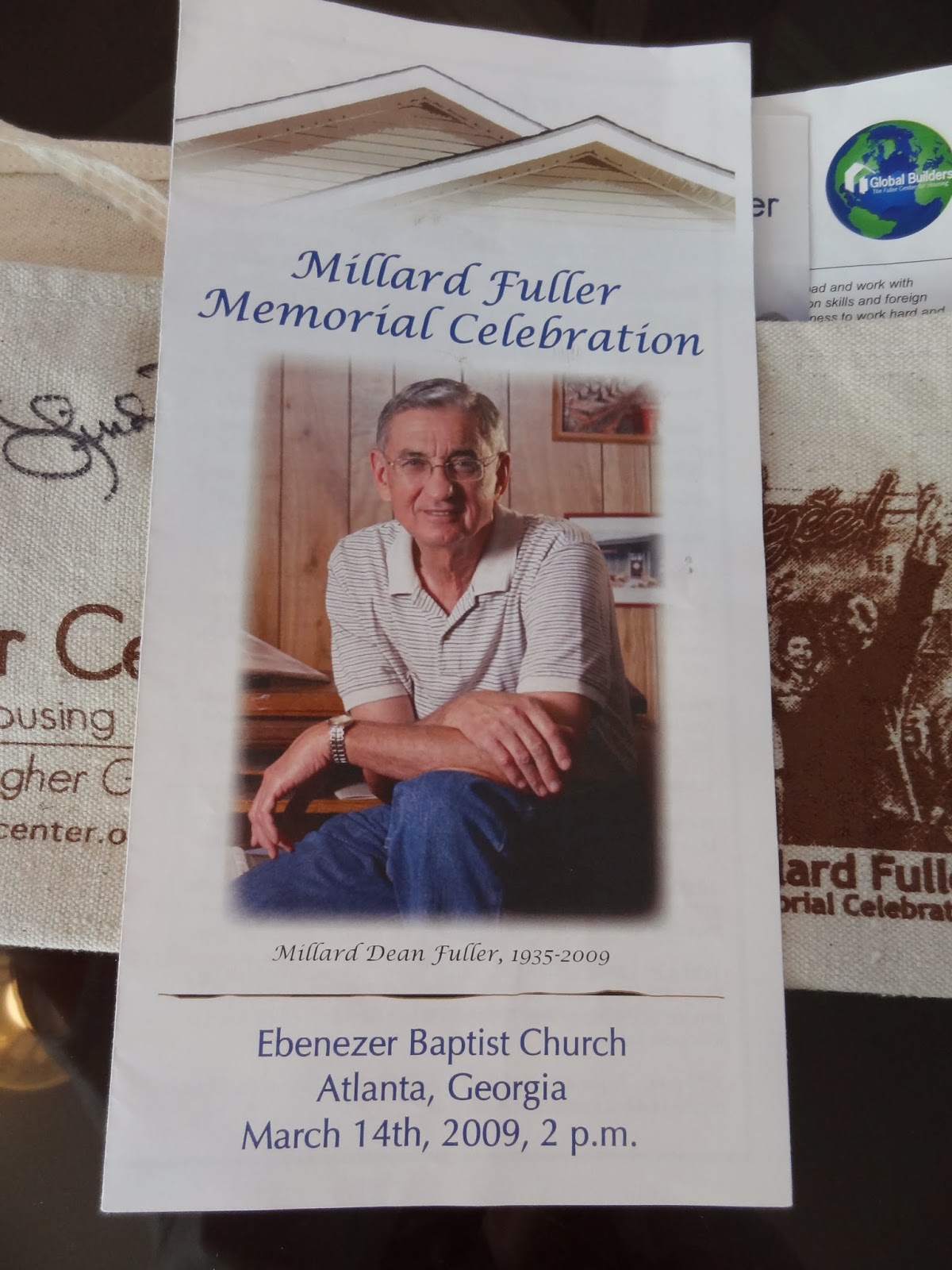 George Allen "Pat" Summerall is remembered for a successful football career and even more for his many years as a television sportscaster. He also served his country in the U.S. Army during the Korean War.
George Allen "Pat" Summerall is remembered for a successful football career and even more for his many years as a television sportscaster. He also served his country in the U.S. Army during the Korean War.Pat was born in Lake City, Florida having experienced a difficult childhood. He was raised by loving relatives and overcame many obstacles to reach success as both a professional athlete and legendary sports commentator. Although he has received many honors for his career, he is most proud of his relationship with Jesus Christ. In his later years, he was moved to share his belief in Jesus Christ with the world.
In high school, Pat attended Columbia High School in Lake City and played football, tennis, baseball and basketball. His favorite sport at the time was basketball and was an All State player in both basketball and football and inducted into the Florida Hall of Fame. Following high school, Summerall attended the University of Arkansas from 1949-51 and played defensive end and tight end and was also the Razorback's placekicker.

He was drafted by the Detroit Lions in the fourth round during the 1952 draft as primarily a placekicker. After breaking his arm, he was traded to the Chicago Cardinals where he played from 53-57 and then the New York Giants from 1958-61. He was a player in the "Greatest Game Ever Played." His best season as a professional was in 1959 when he scored 90 points and was 30 for 30 in extra point kicking and 20 for 29 in field goals. His final game as a football player took place in the 1961 NFL Championship game.
He took an interest in broadcasting during the early 60's when he was the morning host of a radio show in New York City. His broadcasts often aired on Fox and CNN and over the years hosted other shows on both television and radio.
Following his retirement from football, he was hired by CBS to work as a color commentator for National Football League coverage. He eventually rose to the top of sports journalism. He covered weekly games and did his first Super Bowl coverage for Super Bowl III. Over the years, Summerall paired up with many of the leading sports commentators in the business and in 1981, he shared coverage with John Madden. The two of them covered 16 Super Bowls over the years. His final game with Madden was the 1993 NFC championship game. He soon found himself doing commentating on the Madden NFL video games. He also covered professional golf including the Masters tournament along with tennis, hockey, and basketball events.
Summerall received many honors over the years including National Sportscaster of the year in 1977 and was inducted into the Sportscasters Hall of Fame. He was the 1994 recipient of the Pete Rozelle Radio-Television Award given to him by the Pro Football Hall of Fame. An award was named in his honor that goes to "a deserving recipient who through their career has demonstrated character, integrity, and leadership both on and off the job."
He also did many commercials for such names as True Value and Dux Beds. He also provided commentary for the Cartoon Network's "The Big Game" from 1998-2001.
 |
| Summerall funeral program |
Pat Summerall underwent hip surgery for a broken hip in April, 2013. He developed heart complications from the surgery and died on April 16, 2013 at the age of 82.
 |
| John Madden speaking of his friend |
 |
| Pat Summerall resting place |













































